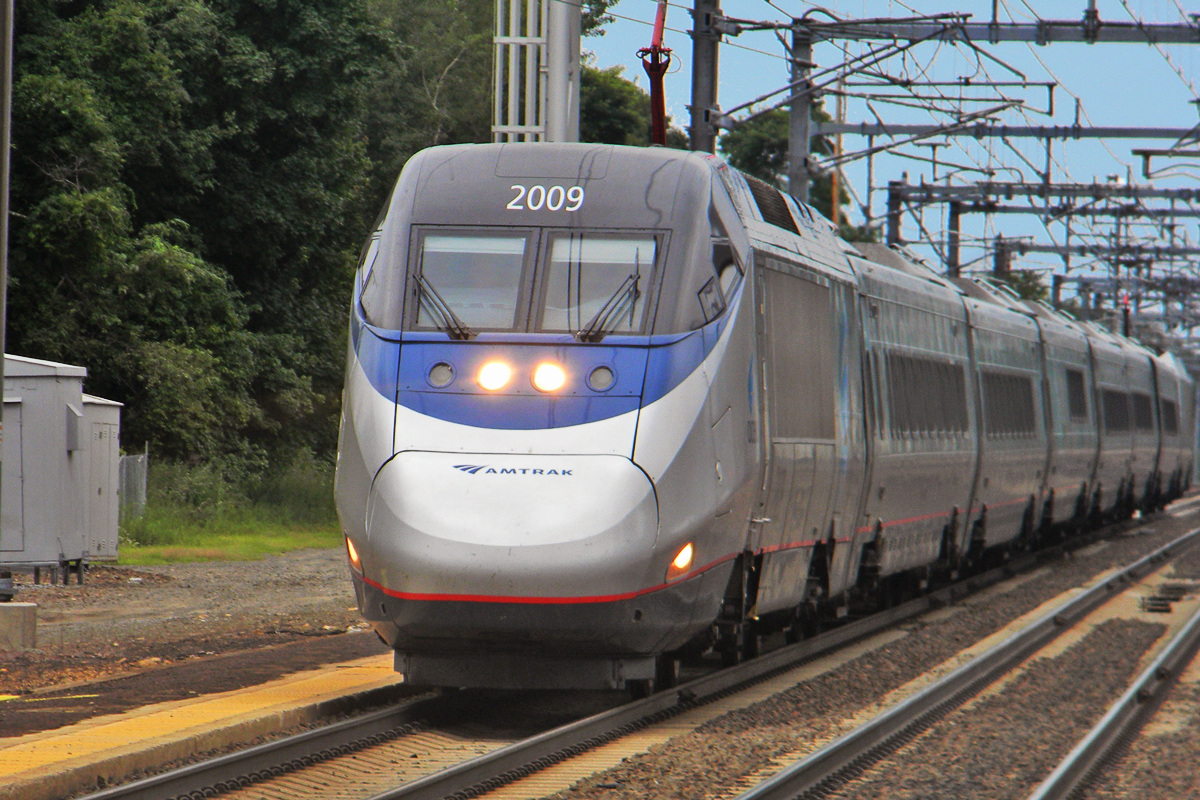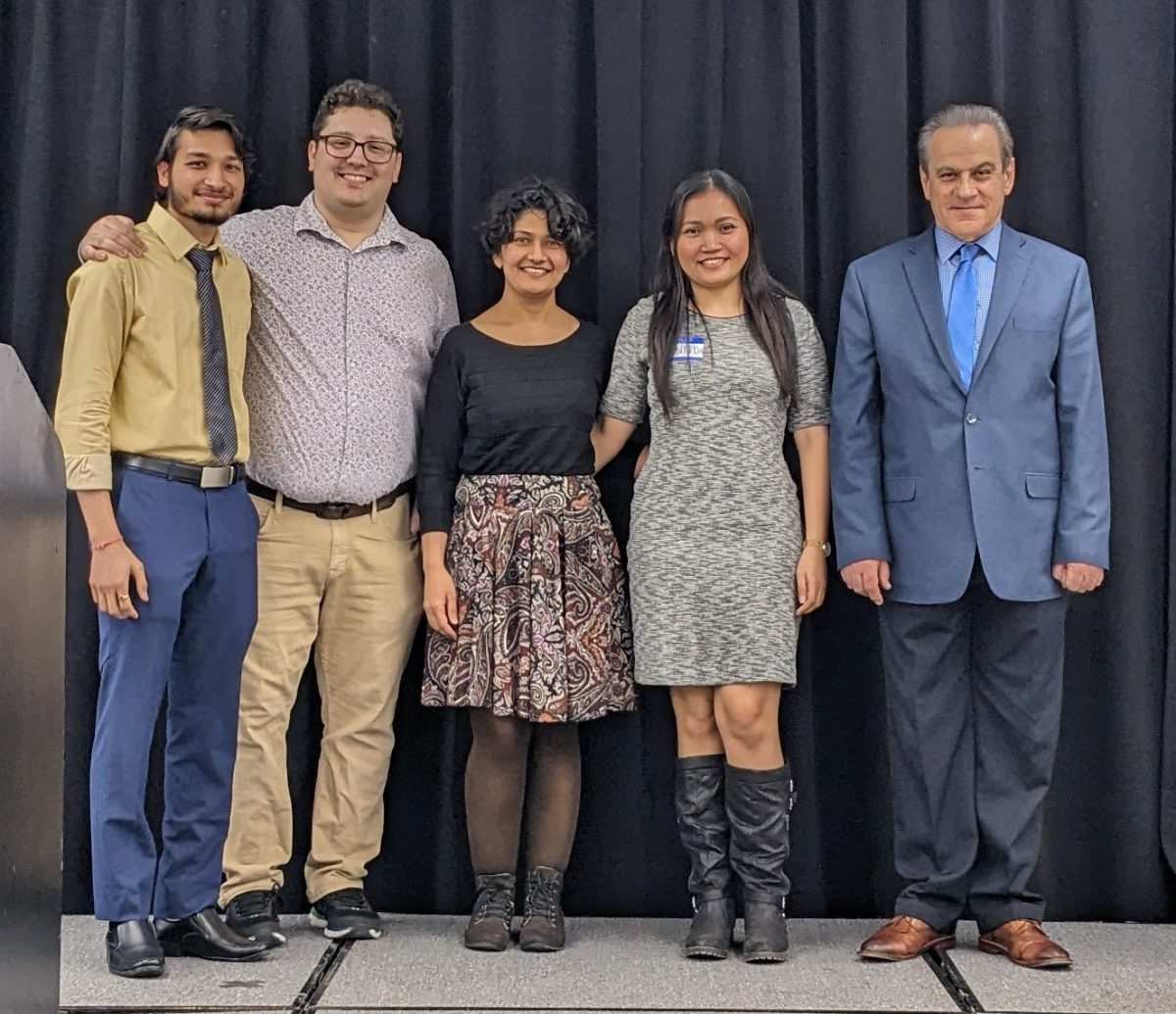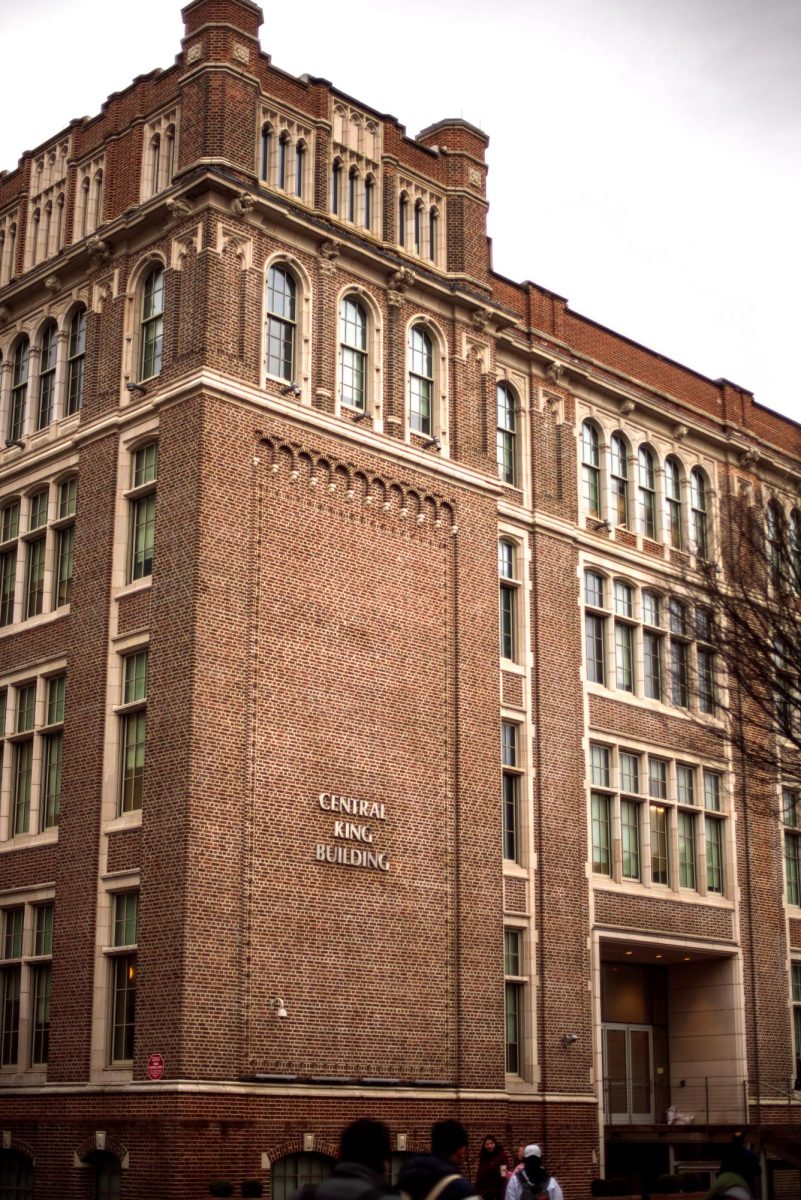With Phase 1 of the Build Back Better Regional Challenge complete, a joint effort between the City of Newark and NJIT will now be moving into the second round of competition. The challenge was created as part of United States President Joe Biden’s “American Rescue Plan” in March 2021 to divert funds to promising infrastructure projects undertaken by regional coalitions.
A total of 529 such coalitions had sent in proposals to the US Economic Development Division with the hopes of being one of the 20-30 that would ultimately receive the $25–100 million grants promised by the division. Projects that have completed Phase 1 will also receive $500,000 for the purpose of further developing their plans.
Today, 60 of those applicants remain in the running. Among them is The Greater Newark Port Regional Growth Cluster, an initiative aiming to develop Port Newark while helping to employ underrepresented minorities and reduce the port’s carbon impact. It is no surprise that NJIT and the city would direct their attention to the port.
Port Newark accounts for 75–80% of the total capacity of the Port of New York and New Jersey — the third largest port system in the United States — and contributes directly towards 205,000 jobs in the local area. For reference, that is two-thirds of the population of Newark.
There is also reason to believe that the US government will be particularly keen on promoting projects which will increase the efficiency of major ports. Supply chain issues in the Port of Los Angeles have been and continue to be a great source of embarrassment for the Biden government, and he has been vocal in pushing for reforms to increase outputs — such as changing to a 24-hour schedule. As such, it is likely that this project will be looked on favorably by the selection committee.
The proposal as it currently stands highlights three key areas where the coalition hopes to develop the port. The first is Workforce Development and Training Programs. With the project aiming to expand logistics, IT security and technology implementation in the port, the demand for trained STEM professionals is expected to rise. The proposal aims to target underrepresented minorities with mentorships, internships and training to ensure that equity is maintained in filling these new demands.
NJIT has made a commitment to aid in this portion of the project, and given that it is a STEM school with strong IT and engineering programs, this is not surprising. Career Development Services did not comment on whether the department would be putting emphasis on minority student internship/co-op recruitment, but with the stated intentions of the project, NJIT students may likely see an increase in workforce opportunities targeted at marginalized communities.
President of NJIT Dr. Joel Bloom said this initiative may be one of the “biggest things NJIT has done” in modern times. “We’re partnering with the city of Newark, the New York Port Authority, the Northeast regional planning authority, the city of Elizabeth as well as the New Jersey Economic Development Authority,” he added.
The second area of development is the Research and Technology Innovation Center. This center would be focused on research to increase the throughput, resiliency, and environmental friendliness of the port. This will include the development of an integrated transportation system on the docks linked by a network of sensors and communications devices, weather modeling to determine the risk of the port facilities to extreme events, and data analytics to increase the port’s logistic efficiency.
NJIT has committed itself to aiding in this effort as well, likely lending the expertise of its variety of experienced researchers to aid in the center’s activities. Atam Dhawan of the Office of Research has not yet responded as to the extent to which NJIT’s research will integrate itself into this project, or whether it may mean an increase in Port Newark research opportunities for undergraduate students. However, given that the Office of Research is currently heading the team that is coordinating NJIT’s efforts in this project it is likely that they will play a big role.
“Ports are 27% of the gross domestic product of this nation. The port of Newark is the second largest port in the United States. 200,000 jobs inside the port, 300,000 jobs related outside the port,” Dr. Bloom said. “This is just a magnificent opportunity to stay involved.”
Finally, the project’s last area of focus is Technology Deployment, Business Development and Innovation to Market Ecosystems. This initiative will leverage the technological innovations of the RTIC to promote commercial development focused on the port’s activities in the local area. A key portion of this will be the Market Port, which will market properties to businesses aiming to get involved in port activities.
NJIT’s commitment here will likely be focused on its VentureLink incubator. William Lutz, VentureLink’s general manager, has stated his optimism that the program will aid in achieving the vision of the regional development project. We may very well see that future student entrepreneurs will be able to get a much closer relationship with Port Newark, giving a new path towards commercialization for any applicable businesses.
Overall, the project could spell a lot of opportunity for both NJIT and Newark in general. Given that the Port Authority has already awarded $44 million for the development of certain sections of the port, the completion of Phase 2 could result in $150 million of investment into a city which had a 2020 annual budget of just under $250 million.
However, this does all depend on the initiative reaching Phase 2. While this is a promising project which is meeting the demands of the current US government, it is not the only project of its kind. Los Angeles is also proposing a development of its own port systems for the competition, and there are a variety of very competitive projects looking to breathe life into cities by developing keystone industries — like Detroit’s auto manufacturing or Portland’s logging.
Ultimately the fate of this project relies on how well that $500,000 grant is spent in developing the Phase 2 plan. With luck, this initiative will live up to its potential.
Sreya Das contributed to the reporting of this piece.






































